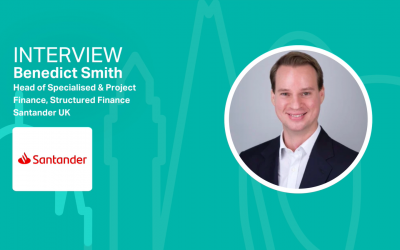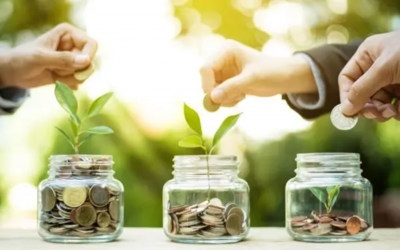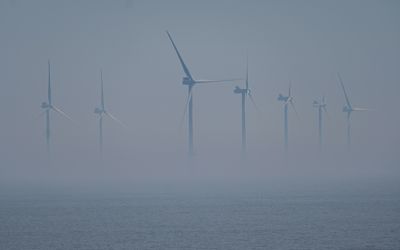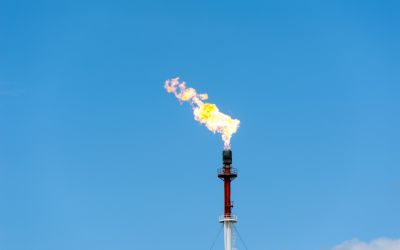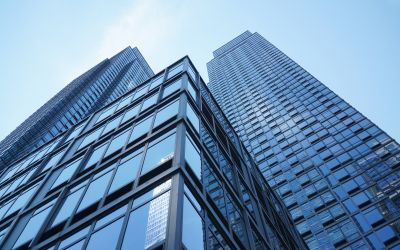Interview with Yoshioka Tatsuya: Co-founder and Director of Peace Boat
Climate Action spoke with the Co-founder and Director of Peace Boat - a Japan-based international NGO that works to promote peace, human rights, equal and sustainable development and respect for the environment.

Climate Action spoke with the Co-founder and Director of Peace Boat - a Japan-based international NGO that works to promote peace, human rights, equal and sustainable development and respect for the environment.
Can you tell us about Peace Boat’s origins and mission?
I founded Peace Boat in 1983, in Tokyo, together with some fellow students. It was in response to growing tensions in Japan and the Northeast Asia region over how Japan’s history was taught in schools, and particularly how Japan’s World War Two aggression in Asia was glossed over in school textbooks. I was really concerned to see how history was being distorted and that such a lack of understanding was risking peace in our region.
My friends and I decided that we wanted to visit our neighbouring nations and hear directly from the people there, in order to recognise their experiences of history and build grassroots reconciliation and friendships.
I strongly believe that in order to create a peaceful, just and sustainable world we must meet each other face-to-face, understand the situation and beliefs of another person, and go forward in mutual respect and understanding. I think civil society has a crucial role to play in building that understanding, and Peace Boat sails with that as our mission.
We’ve grown now into Japan’s largest cruise organization and have sailed over 90 around-the-world and regional cruises. Our voyages, which blend educational, advocacy and friendship activities on board and in the ports that we visit with traditional cruising elements, work on a social business model and have carried over 60,000 participants.
Peace Boat carries out its main activities through a chartered passenger ship that travels the world. What are the reasons behind this?
Our first Peace Boat voyage used a ship only because it was convenient, and we were able to charter a ship at low cost in typhoon season. However, with that first voyage we understood that a ship is an incredible space for building community, and from the second Peace Boat voyage we progressed to thinking of the ship as being not only our means of transport, but rather as being integral to our activities and a symbol of our message of peace and sustainability.
A ship sails beyond borders and creates a space like a small planet; you have to get along and cooperate with your fellow passengers, there is no way to escape. Because of that, it is an incredibly creative and open space that encourages dialogue and cooperation beyond the borders of nationality, religion, and so on.
The arrival of our ship in a port has a great impact, and we use that impact – in cooperation with our partner organizations around the world – to highlight critical issues and raise awareness. The ship also hosts numerous educational and training programs, alongside its general participants. Our Ecoship Project is the next step in our 30-year evolution.
Can you tell us more about Peace Boat’s Ecoship project?
Our Ecoship Project will build the world’s most sustainable cruise ship, as a flagship for climate action and the Sustainable Development Goals.
Its visionary design, announced at the COP21, was achieved after a 3-year long research process based on the contribution of an interdisciplinary team of world experts. Ecoship combines innovative energy efficiency measures; a boundary defying use of renewable energies; nature-inspired design and the implementation of real ecosystems on board. Expected to sail in 2020, it will achieve, cumulatively, 20% cuts in propulsion energy, 50% cuts in electricity load and a 40% reduction on CO2 emissions, and will operate on a zero discharge basis.
Ecoship, which will be 55,000 tons and carry up to 2000 passengers, will sail on Peace Boat’s educational and advocacy around the world voyages four times a year. In port, we will host exhibitions of green technology on board as well as inviting people to view the vessel itself. The ship will also contribute to ocean and climate research, as a floating sustainability laboratory.
We’re honoured to have the support of key figures working for sustainability, including Dr. Amory Lovins of Rocky Mountain Institute, environmentalist David Suzuki and Wanjira Maathai, Chair of the Board of the Green Belt Movement.
What kind of impact do you think the Ecoship will make?
The cruise industry is booming – particularly in East Asia – and it’s so important that this massive increase in passengers and ships is sustainable. Ecoship, thanks to its whole system design, is bound to be a game-changer in the cruise industry and demonstrate an economically viable transitional model to the de-carbonization of the maritime sector. Shipping is responsible for 3% of global greenhouse gas emissions, and it is crucial that reductions are achieved.
The success of Ecoship, with its CO2 reductions and renewables use, will be evidence that viable maritime transitional solutions to decarbonised economies exist. Public outreach – every time Ecoship sails into a port - will result in worldwide awareness of the necessity and financial feasibility of improving shipping’s footprint.
Through our 30-plus years of worldwide voyages, we have understood that sustainable development is plural, multi-facetted and interconnected. Peace Boat’s existing model of worldwide educational and advocacy programs already inspires, but our vision for the Ecoship as a “floating planet” will demonstrate the possibility of a sustainable world.
Peace Boat was recently involved in the aftermath of the devastating Kumamoto Earthquake. Can you tell us more?
Peace Boat has worked with tens of thousands of volunteers over our 30+ years of operations, and we believe that harnessing peoples’ energy and ability to support each other can make a massive difference in the aftermath of disasters.
We first started to work on disaster relief in the wake of Kobe’s 1995 earthquake, and we had also carried out some small operations overseas in Turkey, Kashmir, Hurricane Katrina and others, but it was the terrible 2011 Great East Japan Earthquake and Tsunami that propelled us to organise large-scale volunteer efforts. To date, over 14,000 volunteers from 56 countries have contributed to work that included debris clearing and hot food distribution in the immediate aftermath and continues today in efforts to recover the area’s fishing industry and support for isolated individuals living in temporary housing.
In Kumamoto, using the skills honed in 2011, we are working to support the running of shelters for survivors as well as coordinating volunteers.
Besides disaster relief in Kumamoto and beyond, we are taking a strong role in Disaster Risk Reduction, running training for households, businesses and volunteer leaders as well as advocating at the UN level and promoting its campaign for “Making Cities Resilient”. As climate change results in greater risk of natural disasters, we see this as a critical part of our work.
Do you have any other upcoming projects you would like to tell us about?
As an NGO in Special Consultative Status with the Economic and Social Council of the United Nations, we have been honoured to be able to use our ship to carry the messages of United Nations campaigns, such as the Millennium Development Goals.
With the post-2015 shift to promoting the Sustainable Development Goals (SDGs), we’re excited to announce that we will be acting as a messenger for the SDGs and painting the logo on the hull of our ship. In fact, the first Peace Boat voyage carrying the SDG logo will leave Tokyo in late August.
Peace Boat’s work, which takes a holistic approach to sustainability, touches on many elements of the SDGs and we are very motivated to raise awareness around the world of the goals, and particularly to encourage our on board participants and the people we meet in ports to campaign for their achievement.
Peace Boat will be exhibiting at Climate Action’s Sustainable Investment Forum in September. What are your reasons behind your involvement with this event?
Peace Boat works as a social business, and we are passionate about promoting multi-stakeholder cooperation towards social good and about forging links between civil society and sustainable business. Climate action is the crucial issue for our times, and we believe that our Ecoship offers an innovative, inspiring solution in the transition to a low-carbon economy. Initiatives like Climate Action’s Sustainable Investment Forum help get the word out about positive projects, and that’s so important in today’s world, where the scale of global challenges can sometimes feel paralysing.
We are looking forward very much to sharing the Ecoship Project with likeminded individuals and enterprises, and we hope to generate greater awareness of its potential as well as finding partnerships for investment. We are also looking forward to learning more about sustainable investment from the fantastic speakers.
Actually, Peace Boat’s existing vessel – Ocean Dream – will be visiting New York on October 20 this year. We will be hosting an event on board, focusing on our Ecoship and action for the Sustainable Development Goals and we look forward to connecting with the investment community at the SInv with a view to inviting them on board in October.

